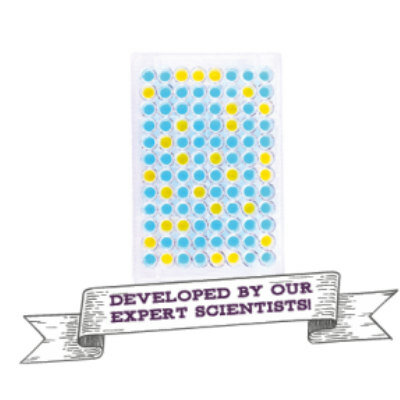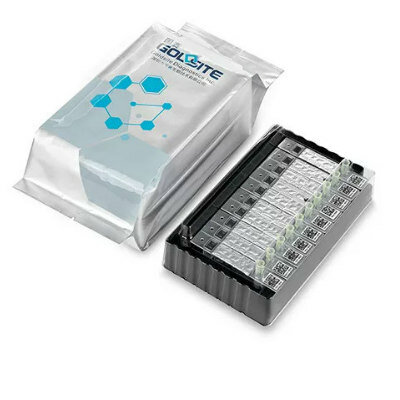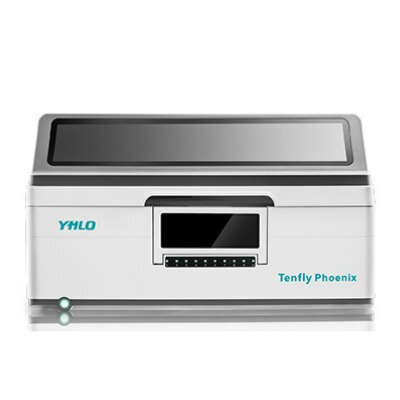Biomonitoring Device Improves Detection of Toxic Metals
By Labmedica staff writers
Posted on 25 Feb 2008
A new rapid, portable, and inexpensive detection system has been developed that identifies personal exposures to toxic lead and other dangerous heavy metals. The device can provide an accurate blood sample measurement from a simple finger prick, which is particularly important when sampling children. Posted on 25 Feb 2008
Accumulation of lead in children can harm the developing brain, causing reduced IQ, learning disabilities, and behavioral problems, among other things. The U.S. Centers for Disease Control and Prevention (CDC; Atlanta, GA, USA) report that about 310,000 U.S. children ages one to five have high levels of lead in their blood. Recent studies also indicate a link between lead exposure and a decline in mental ability many years later. In addition, large numbers of industrial workers are routinely exposed to toxic heavy metals such as cadmium, lead, and mercury, which are known to induce various diseases.
The new analyzer system accurately detects lead and other toxic metals in urine and saliva as well as in blood. The device may be as much as 10 times less expensive than current plasma mass spectrometry (MS) systems, which require samples to be returned to the lab for time-consuming and expensive analysis The new system provides an excellent method of monitoring toxic metal exposures in high-risk populations, such as industrial workers, children, and people living in polluted areas.
Two classes of sensors are used for detecting lead and other heavy metals. The first is based on a flow injection system using a mercury-film electrode to analyze metals in blood, urine, or saliva samples. The second is based on a mercury-free approach of nanostructure materials. It either uses self-assembled monolayers on mesoporous supports (SAMMS) technology--or functionalized magnetic nanoparticles that provide excellent detection sensitivity at a ppb level.
A product of The U.S. Department of Energy's (DOE) Pacific Northwest National Laboratory (PNNL; Richland, WA, USA), the monitoring device is a bit larger than a lunchbox, and is suitable for use in the field. It has plug-and-play features that allow different sensors to be easily exchanged to detect a variety of heavy metal toxins. The entire system is battery-operated, and requires about 50% more power than a typical laptop computer.
Battelle, which operates PNNL for the DOE, filed a patent application in December 2007 for the improved sensor technology used in this next-generation biomonitoring device.
Related Links:
U.S. Centers for Disease Control and Prevention
U.S. Department of Energy's Pacific Northwest National Laboratory
Battelle













